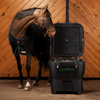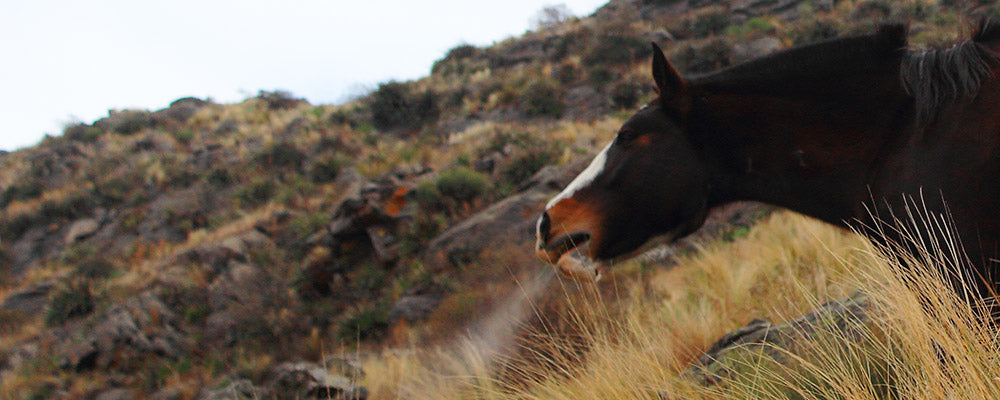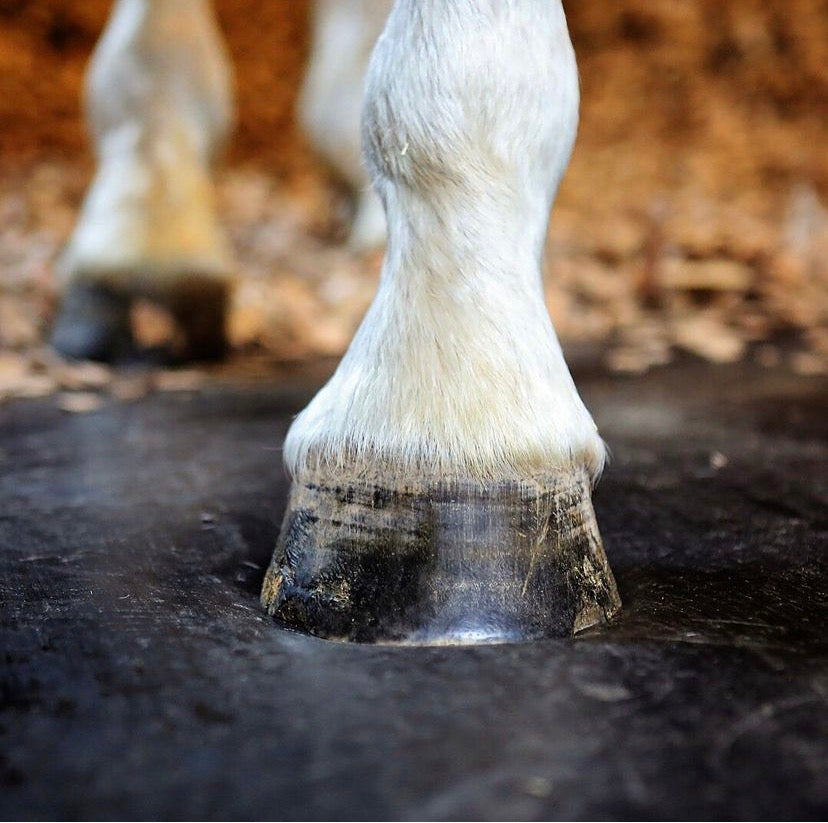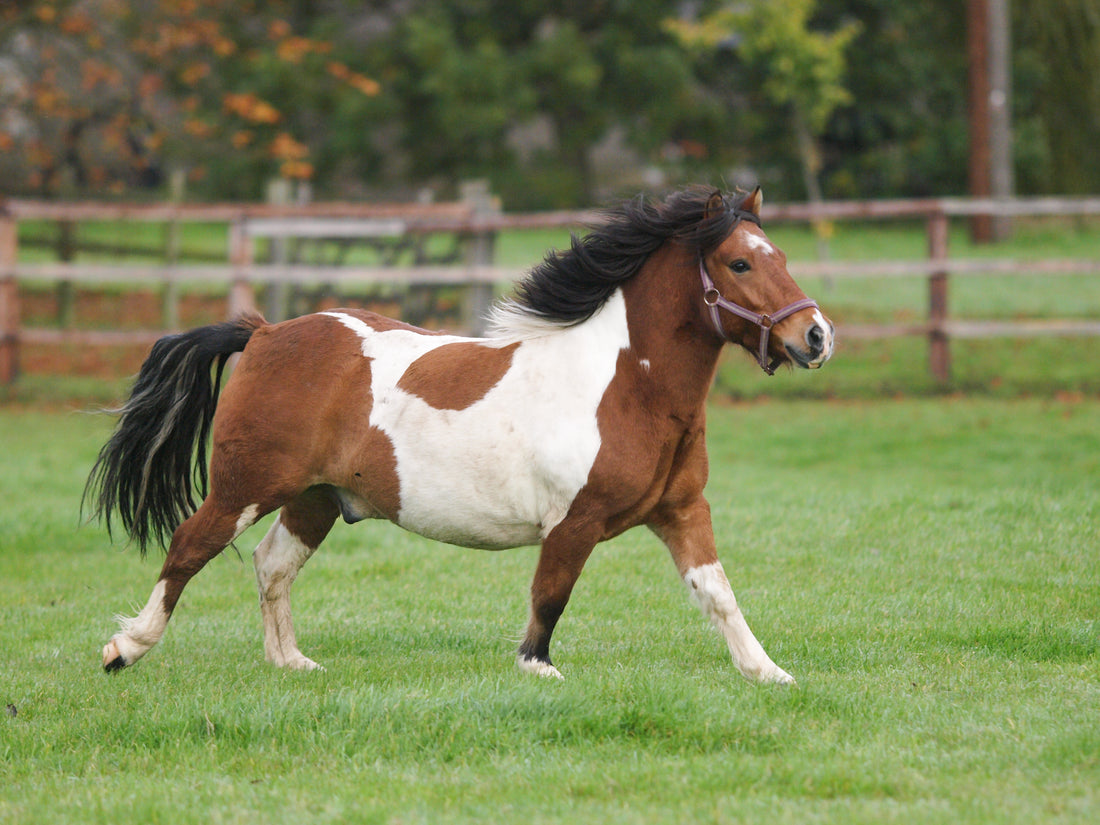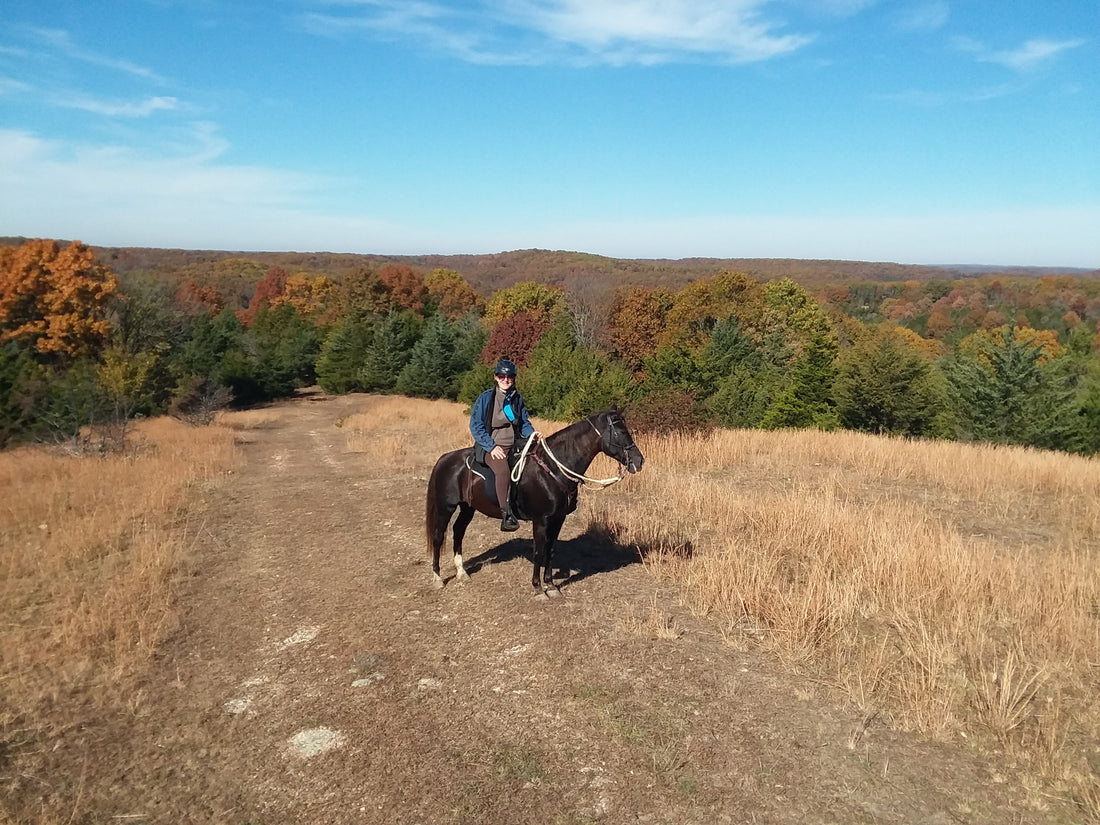Respiratory problems in horses: Part 1
Dr David Marlin is a scientist with over 25 years experience in physiology and biochemistry. In this article, Part 1, he looks at respiratory health, the most common diseases and how these can restrict the performance of your horse.

Dr David Marlin
Scientific and Equine Consultant Feb 3, 2020
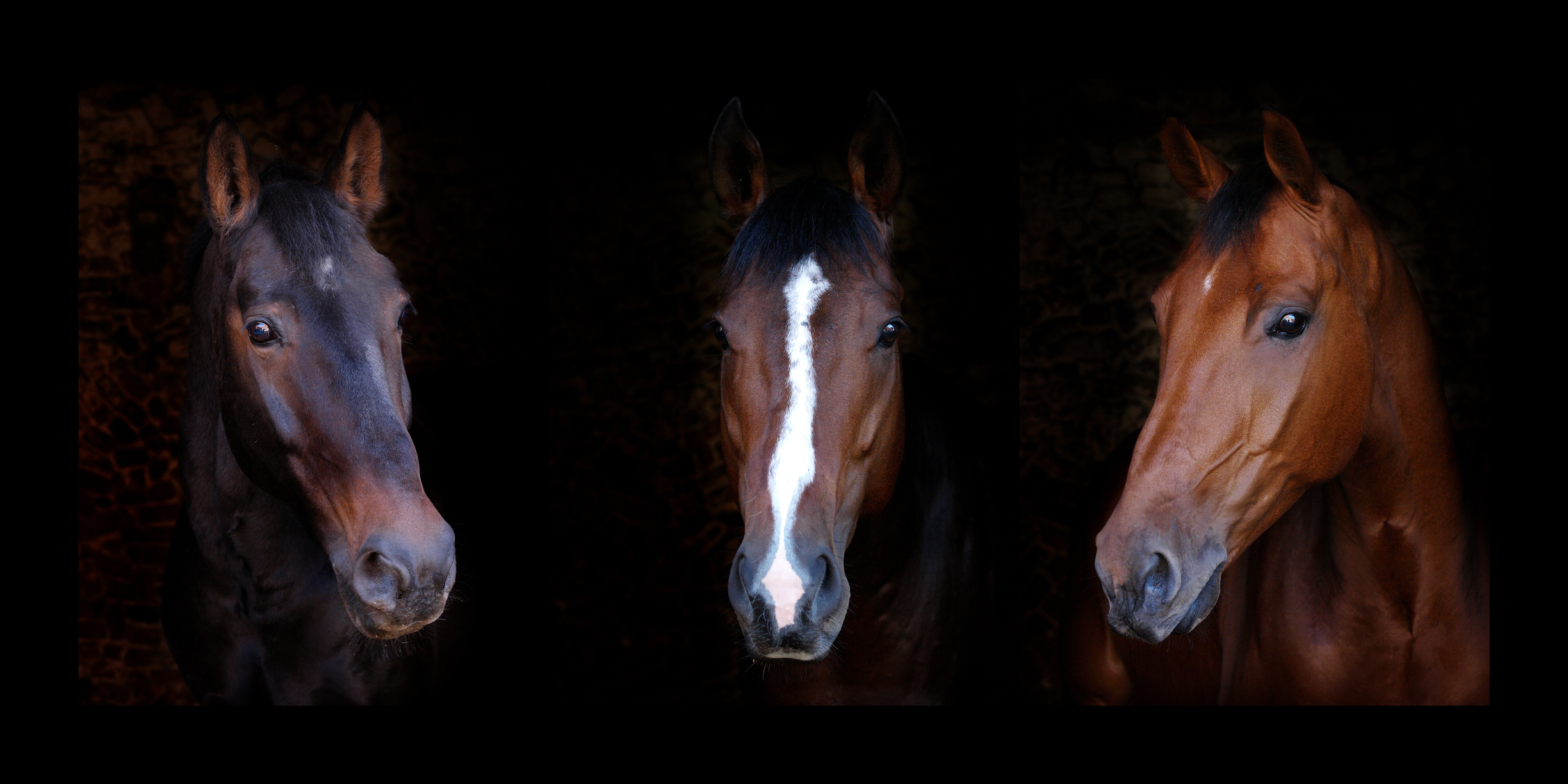
The respiratory system of the horse – the limiting factor in performance!
In the unfit/untrained horse, it is the heart that is the main limitation to exercise performance followed by the muscles. As a result of training both the heart (which is a muscle) and the locomotory (skeletal) muscles change and become more able to cope with exercise. However, the respiratory system cannot and does not change as the horse gets fitter with training and so in trained horses, the respiratory system is the main limitation to exercise performance (Roberts, Marlin and Lekeux, 1999). Some studies have also shown that the effects of respiratory disease may extend to adverse effects on other areas of the body, such as the muscles and the heart (Gehlen et al. 2008a & Gehlen et al. 2008b).
How common is respiratory disease in horses?
Many survey type studies have found that after lameness, the most common reason for a vet to be called out or for horses to not be able to be exercised or competed is respiratory disease. In a study of 3000 horses in Germany, it was observed that respiratory disease occurred in 420 horses over one year (Knubben et al. 2008).
In a study of horses referred for a veterinary examination because of poor performance, 81% had respiratory disease (Nolen-Walston et al, 2013).
In a study in Germany (Herholz 1994), vets examined 112 sport horses (dressage and show jumpers) who the owners thought were perfectly healthy because they were not showing any of the classic signs of respiratory disease (see below under How to Recognize Respiratory Disease in Horses). When examined by vets using endoscopy (putting a ‘scope into the trachea [windpipe]) and auscultation (listening to the lung sounds with a stethoscope), over half the horses were found to have respiratory disease. So, even if a horse is not showing any signs of respiratory disease, the only way to be sure is to have a proper clinical examination by a vet. This is especially important for horses that are competing.
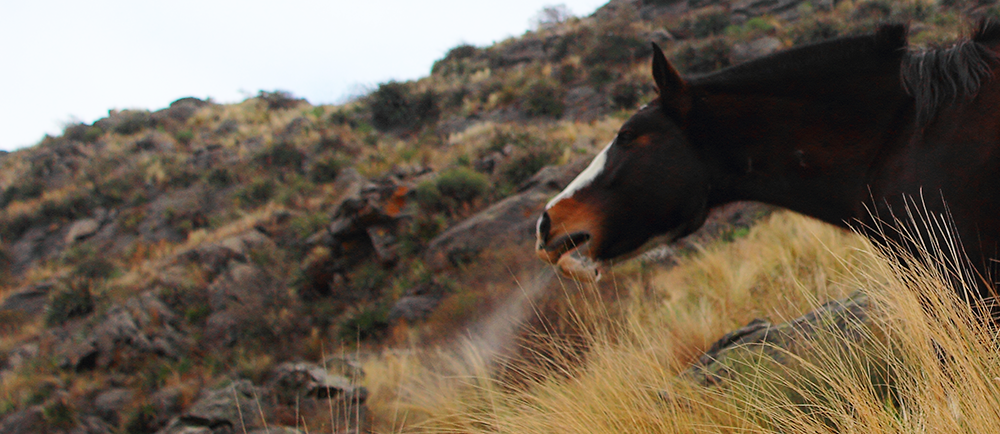
Even horses that live outside 24/7 can have sub-clinical respiratory disease (i.e. disease not apparent from simply looking at the horse). In a group of 14 elite endurance horses which all lived out, on veterinary clinical examination, 12 had evidence of respiratory disease.
Equine asthma (RAO or “heaves” or equine COPD or “broken wind”) is the most common chronic (essentially there for life) respiratory disease affecting horses in the UK. It is a disease affecting older horses (predominantly 7-8 years plus) and has been estimated to affect 10-17% of the total horse population in the UK (Hotchkiss et al. 2007). This may mean that in horses over 7 years old, the prevalence is nearer to 1 in 2 or 1 in 3 horses with equine asthma.

What are the causes of respiratory disease in horses?
1. Infectious: respiratory disease caused by infectious agents
- Viruses (e.g. equine influenza virus, equine rhinovirus, equine herpesvirus types 1, 2, 3, 4 & 5)
- Bacteria (e.g. Streptococcus zooepidemicus, Streptocioccus pneumoniae, Pasteurella specis, Actinobacillus species)
- Mycoplasma (e.g. Mycoplasma equirhinus) – these are similar to bacteria but do not have a cell wall and are resistant to common antibiotics such as penicillin
- Protozoa (e.g. amoeba and paramecium) – single celled living micro-organisms that are different to virus, bacteria and mycoplasma. Not a common cause of respiratory disease in horses. Present in the horses large intestine.
2. Allergic: respiratory disease caused by allergic reactions to inhaled materials
- Pollen (grass, tree, shrub, crop)b. mold/fungal spores
- Forage mites
- Bacterial toxins (endotoxin)
3. Irritant: respiratory disease caused by inhaled material that is irritant (but not allergic)
- Ammonia (produced by bacteria in the bedding from urea in urine)
- Dust (e.g. fine sand, fine soil, building or quarry dust)
- Dold air (similar to “ski asthma” in people)
4. Other
- Anatomical dysfunction (e.g. upper airway obstruction: “roaring”, “gurgling”)
- Lung bleeding during exercise (exercise-induced pulmonary haemorrhage, EIPH)
- Reactions to medications or treatments
- Pulmonary embolism or thrombosis (air bubbles and blood clots that trap in the lungs)
- Inhaled foreign bodies e.g. plastic, sticks, beddin
In younger horses, respiratory disease due to bacterial infection is more common than due to viruses or allergy. In older horses, allergic disease is more common. In young children when they go to playgroup or school they initially suffer a lot of “colds” due to viral infections. It has been shown that this is a necessary part of the development of the immune system and in fact that these repeated early infections whilst unpleasant for children and inconvenient for parents, may actually be protective against certain immune mediated disease such as asthma and leukemia. Foals and young horses also suffer repeated respiratory infections, but these are more commonly due to bacteria than viruses. While severely affected horses may be treated with antibiotics, it is not possible to “protect” a horse from this phase of development by continuously treating them with antibiotics. As in children this is simply a phase they must go through. For most sport horses this is not a problem as this phase usually occurs between 1-3 years of age, but it can be a significant problem for two year old racehorses.

How to recognise respiratory disease in horses
The most common external (i.e. ones that can be seen without the need for a veterinary examination with an endoscope, stethoscope, blood test, x-ray or ultrasound) clinical signs of respiratory disease in horses can include any combination of one or more of the following:
⦁ Cough
⦁ Nasal discharge (clear, white, yellow, green, think and runny or thick or foamy)
⦁ Increased respiratory rate at rest
⦁ Increased respiratory effort at rest
⦁ Increased temperature
⦁ Abnormal breathing during exercise (e.g. abnormal noise or irregular breathing)
⦁ Slow recovery after exercise
⦁ Poor exercise performance
⦁ Frequent swallowing during exercise
⦁ Blood at the nostrils after exercise
A horse with respiratory disease may have one or more of the above symptoms. Some combinations of symptoms may be more likely to indicate a problem with the upper airway (essentially the nostrils and airway in the head) whilst other symptoms may be more indicative of lower airway disease (essentially disease in the lungs themselves).
It is a myth that a horse must be healthy if it doesn’t cough. Compared to people horses are much less likely to cough even when they have quite severe respiratory disease. In one study it was shown that cough has an 84% specificity but only a 36% sensitivity for detecting the presence of respiratory disease or infection in horses. What this means in simple terms is that if a horse is coughing there is a very high chance (84%) that it has a respiratory tract infection or some other form of respiratory disease (high specificity), but if it is not coughing there is only a 1 in 3 chance that its healthy (36% - low sensitivity).
When people have respiratory disease they cough frequently and more or less constantly e.g. every few minutes. Horses have been shown to be different and may cough a few times and then not cough for several hours and then cough for 10 minutes and then not cough for a further 5 hours. This can make it less likely for an owner to hear a horse coughing.It is also often said that it is “ok for a horse to cough a few times” during warm-up as this is simply the horse clearing its throat. This is NOT true and the horse that coughs a few times during warm-up is likely to have some respiratory disease that should be investigated by a vet.
Respiratory disease may be apparent in horses at rest in the stable or during or after exercise. Symptoms of respiratory disease are also often seen in horses after travelling due to a combination of stress, enclosed space with reduced ventilation and air quality, dehydration and the fact the head is kept in an elevated position which reduces the natural clearance of inhaled material.

Treatments for respiratory disease in horses
Common treatments prescribed by vets for the treatment of respiratory disease include:
- Antibiotics: when there is evidence of bacterial infection these may be given orally or by injection.
- Bronchodilators: drugs which open up the airways (e.g. Ventipulmin) to allow the horse to breathe easier and to clear mucus. These may be given in feed, intravenously or by inhalation.
- Anti-inflammatories: drugs that reduce inflammation (e.g. dexamethasone). These may be intravenously, into the muscle, in feed or by inhalation.
- Nutritional support: High dose antioxidant supplements have been shown in several controlled studies to be beneficial in reducing respiratory symptoms.
- Environmental management – sealed flooring (e.g. ComfortStall), minimal low dust bedding, damped feeds, steamed forage and good ventilation.
In the next article about equine respiratory health, we discuss how to reduce the risk of respiratory disease.
How can Haygain help?
Prevention is better than cure - Haygain hay steamers are the only scientifically proven method to dramatically reduce respirable dust in hay and kill mold, fungal spores and bacteria that can cause IAD. The above study found that steaming hay with a Haygain hay steamer reduced the risk of your horse developing IAD by 65%.









